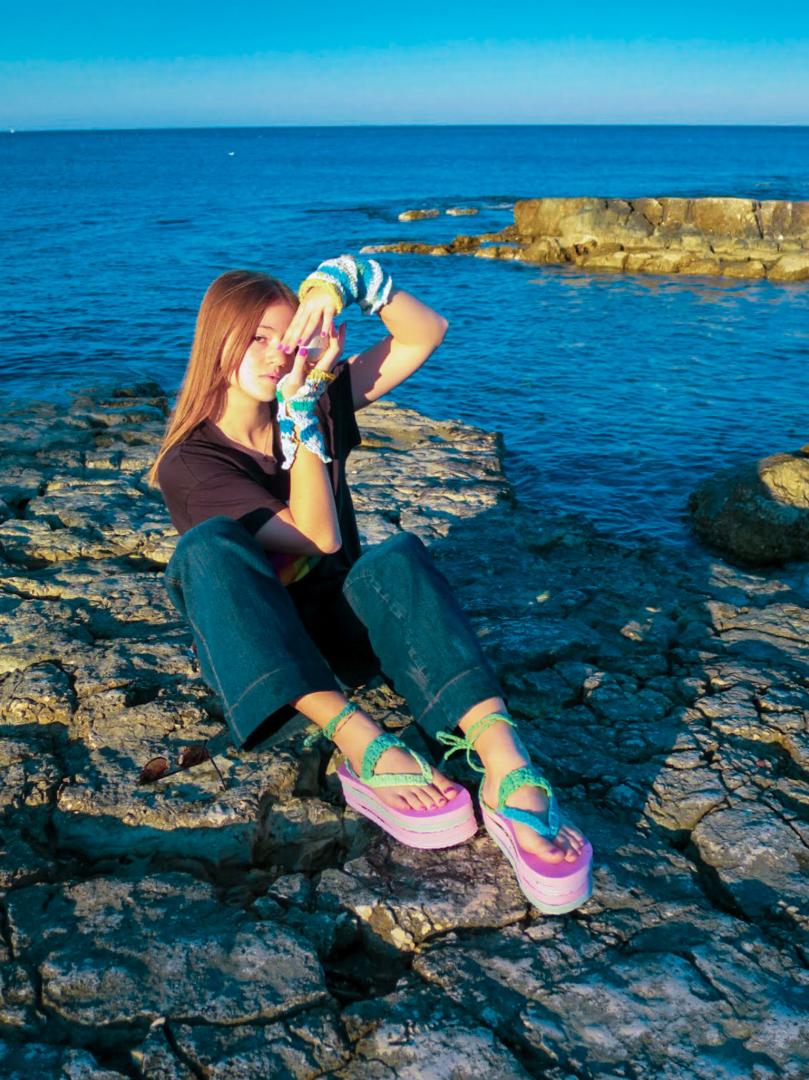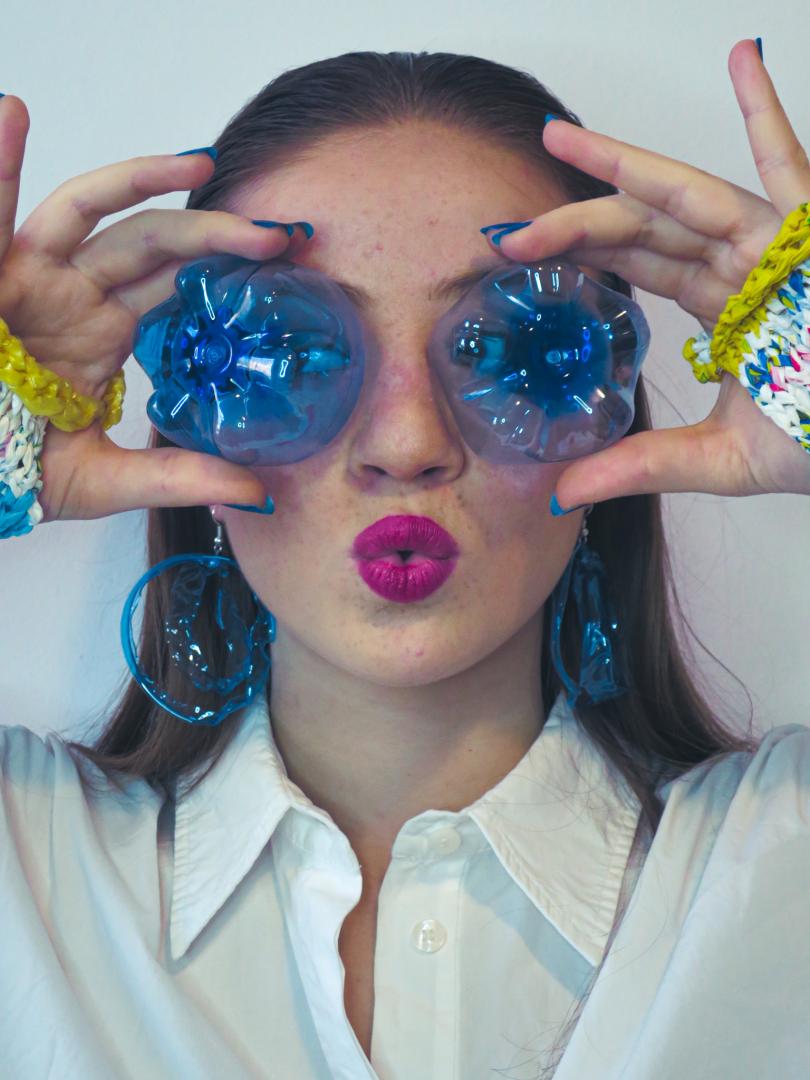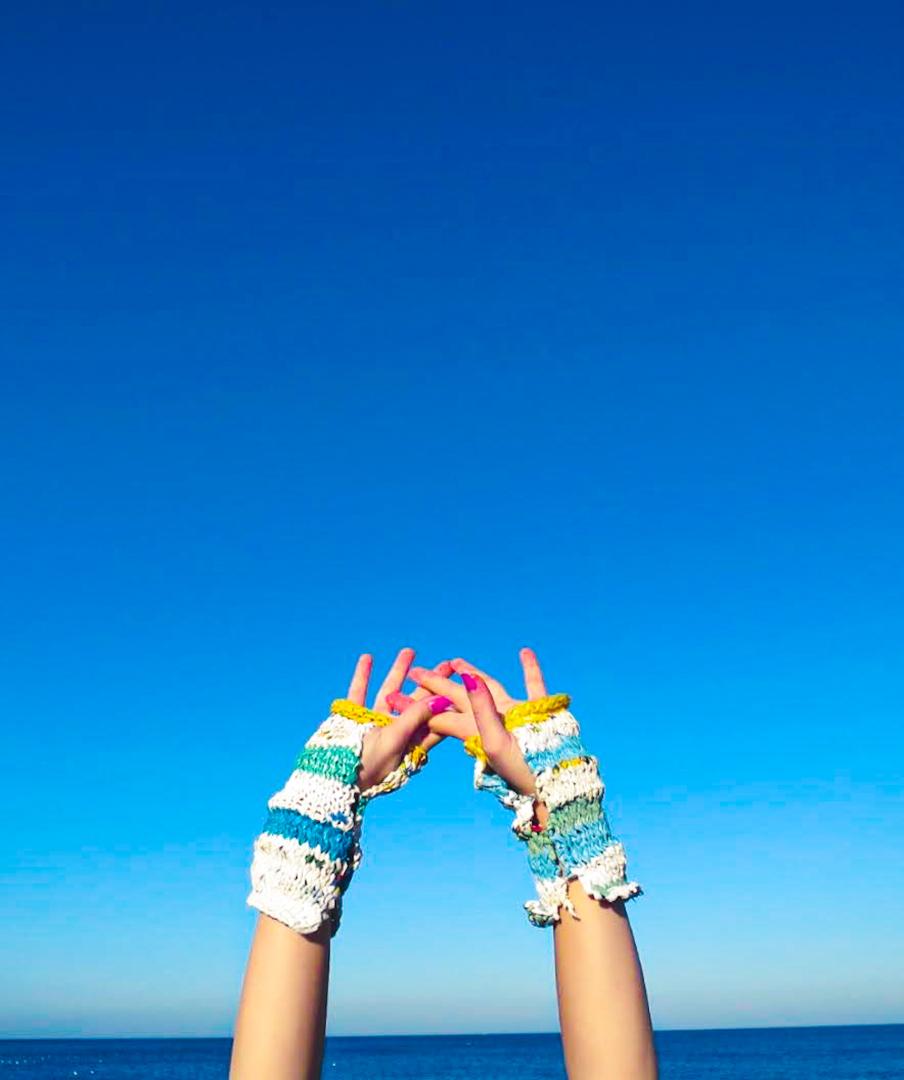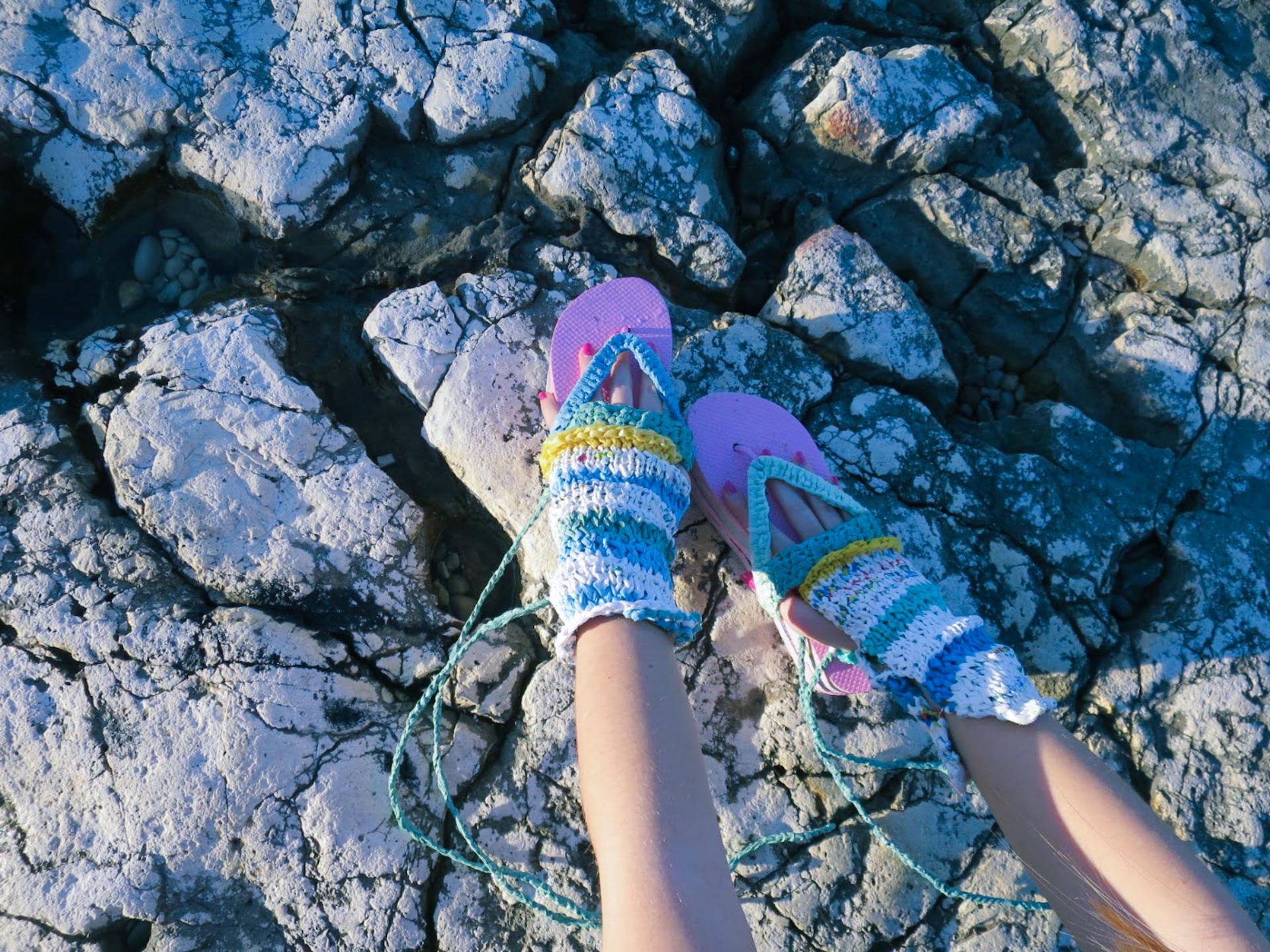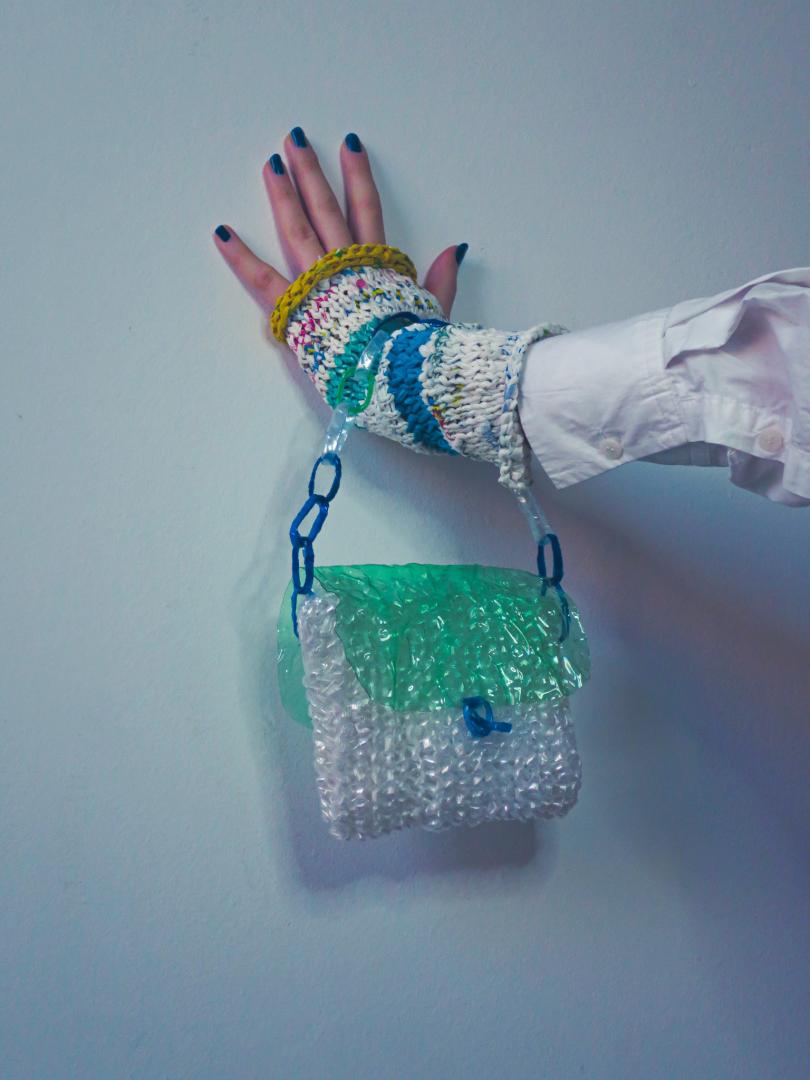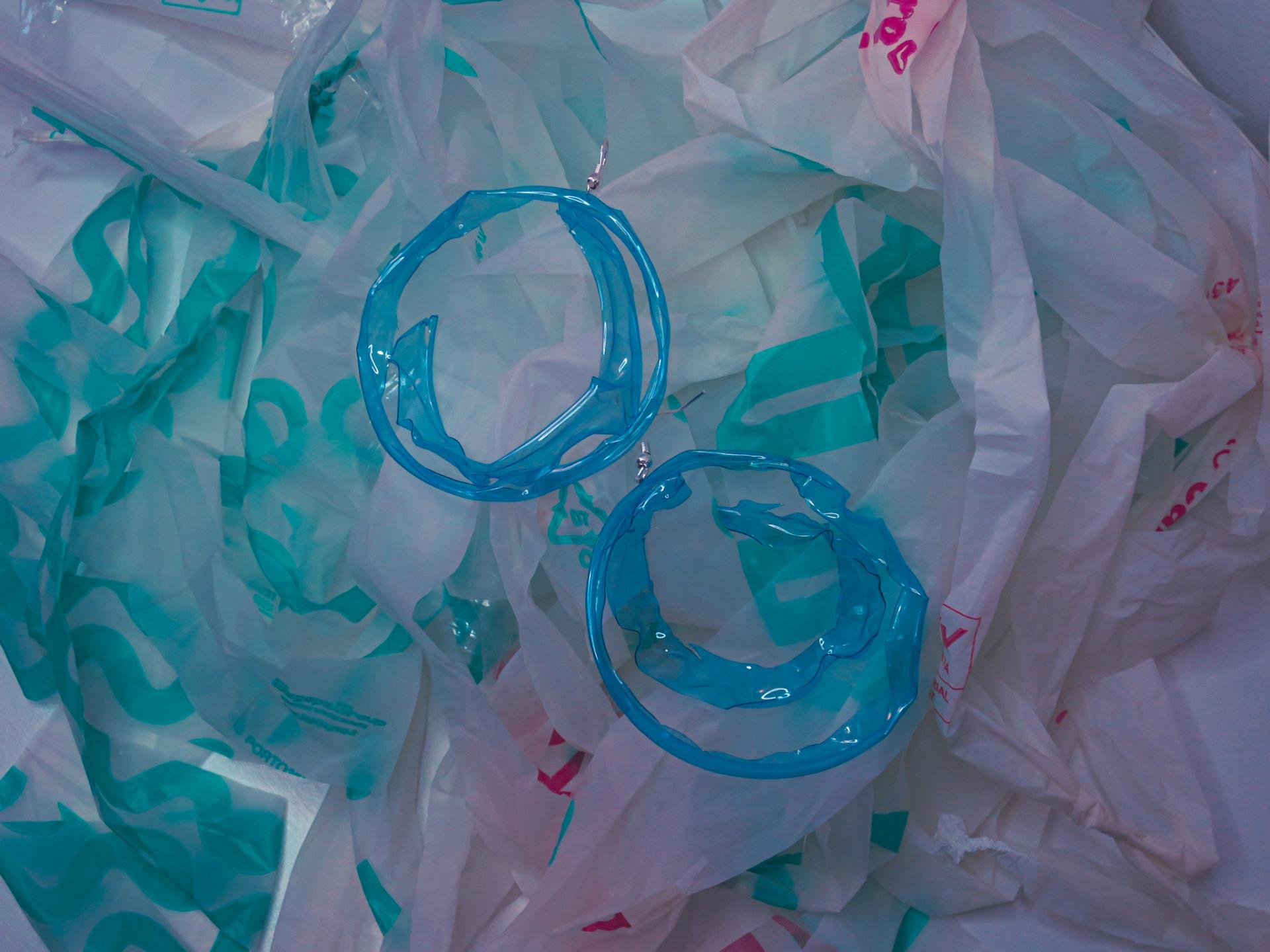Plastic Hearts
Basic information
Project Title
Category
Project Description
“Plastic Hearts” is a concept that focuses on two main ideas: the importance, in the Design Industry, of sustainability, and the possibility given to any designer, especially the rising ones, of adopting an ethical and conscious behavior toward Nature. The collection propones a series of creative, ironic but above all wearable accessories, made with simple yet commonly understated techniques, demonstrating that fashion can be fun even (and mainly) while prioritizing sustainability and ethic.
Geographical Scope
Project Region
Urban or rural issues
Physical or other transformations
EU Programme or fund
Which funds
Description of the project
Summary
"Plastic Hearts" is a collection that I developed primarily for a University exam regarding the course of Accessories Design; when I had to come up with an idea for my concept, though, I reflected on how inconsiderate could be to realize a "conventional" collection, made of leather or other perishable and expensive materials and manufactures. I realized that, as rising designers, us students often have to come to terms with being "pollutants" when buying expensive fabrics or raw items to make clothes or objects that usually won't even have a utility. This concept, therefore, is my attempt to conceive an alternative, a cheaper and more sustainable way of designing (in this specific case, but not only) accessories. I created not only the prototypes of the collection, demonstrating that fashion can be easy to make even in a cheap and zero impact way, but I also tried to describe the ideal brand that would transform these objects into industrially made items, always remembering the ethic and environmental concept that lays behind.
Key objectives for sustainability
The initial aim of the concept behind my work was to be able to make beautiful and innovative things, working at home, without the help of polluting machines and with very reduced costs. This idea, though, is only the beginning and would certainly be used to make prototypes, but can easily be applied to an industrial environment.
"Plastic Hearts" aims to be completely circular in its making, starting from the collection of raw materials, that would happen by helping volunteering events or recollecting scraps from other companies.
The next step would obviously be the making of the product; in this area, I would involve hand making groups and sustainable industries for the treatment of materials, and try to make this process the most circular possible by being attentive to keeping alive the main sustainability concept and to being ethic from the human point of view, involving handcraft in the process and always defending workers' rights.
Key objectives for aesthetics and quality
My concept is developed in the field of fashion; therefore, it is obvious that its aesthetic side is very important.
I tried to design accessories that could be wearable but that also make a statement; they are for the brave, the people who want to look at the future, who want to express their choices in a visible way. I imagine a collection that is worn by youthful people, a generation that has accepted the urgency to help our planet but hasn't renounced to beauty and creativity.
This particular idea takes place from the fact that, unfortunately, most of the (few) totally sustainable fashion brands have basic collections, because they have to give up the aesthetic part in order to focus on the scientific research. I wanted to create a compromise between the technic and artistic parts, creating designs that don't require excessively complicated treatments but can also be studied as innovative and cool.
Key objectives for inclusion
The collection aims to be not only accessible in terms of materials and sustainability, but also easy to make. Therefore, there can be two main roads that can be taken in terms of inclusivity: focusing on the quality of the product, that would in this case not be very affordable, but would totally respect the concept and the ethic side; or focusing on the affordability and public inclusion, making not only a product but also a way in which everyone can make their own accessories.
In every case, the part of the raw materials collection would be absolutely inclusive and would focus on the awareness raising between the local citizen of various realities, that would contribute both to the cleaning processes of fields and beaches and to the making of the collection.
Physical or other transformations
Innovative character
The ideal brand that I imagined starting from the concepts defined above, could be one of the first examples to combine aesthetics with both ethics and sustainability.
This would be possible because:
- the collection of raw materials would both be inclusive towards local realities and give people the awareness of being part of something beautiful and useful, increasing volunteering events and raising environmental awareness;
- the making of the items would be a possibility to give work to manufacturers, to keep alive the hand making reality of a territory, and to develop interest in diy solutions towards local people;
- the final collection would be an example of how fashion can be fun, accessible and still innovative and artistic.

